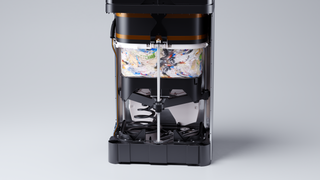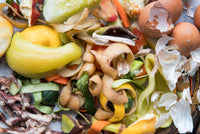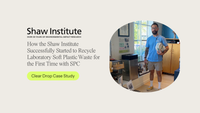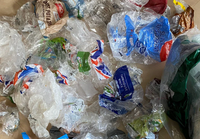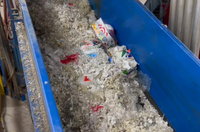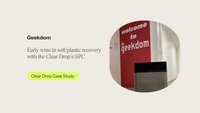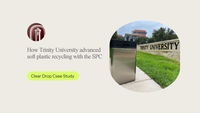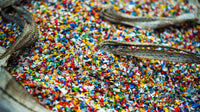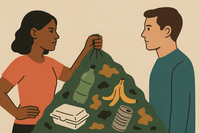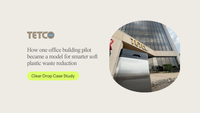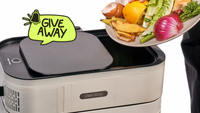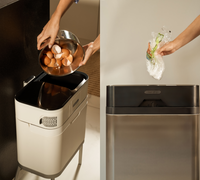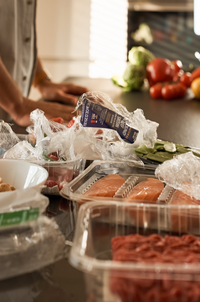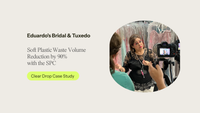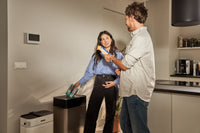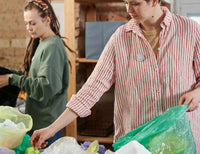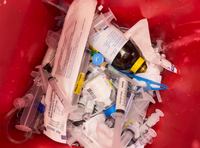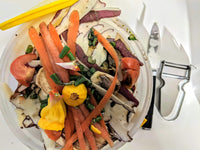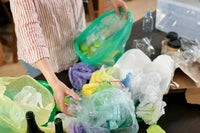Flexible packaging makes everyday life easier, but most soft plastics still end up in landfills because they are not accepted in curbside recycling. With the rise of new recycling technologies, the first and most important step begins at home. Clear Drop’s Soft Plastic Compactor (SPC) allows households to store and prepare soft plastics for actual recycling — without mess, smell, or excess storage needs.
The complexities of soft plastic recycling
Soft plastics are among the most difficult household materials to recycle. Their lightweight and flexible structure leads to technical challenges during sorting and processing, which is why less than 5% of soft plastics in the U.S. are successfully recycled.
When sent to landfill, they contribute to greenhouse gas emissions, soil and water pollution, and long-term environmental harm. Transporting loose soft plastics to recycling points is also highly inefficient: more volume means more fuel and higher emissions.
New circular solutions help bridge this gap — but they rely on proper preparation at home.

Why is circularity important?
The circular economy keeps materials in use longer — reducing demand for new resources, lowering emissions, and strengthening supply chain resilience. According to the Ellen MacArthur Foundation, improving circularity in key industries could cut global CO₂ emissions by 9.3 billion tons by 2050.
Circularity also supports economic and social progress by creating new jobs and reducing the environmental burden on vulnerable communities located near landfills and waste-processing facilities.

How to start recycling soft plastics at home with the SPC?
Here’s a simple step-by-step approach to make soft plastic recycling easy and consistent using the SPC:
Identify soft plastics in your home
Most soft plastics can be identified by crumpling them — if they ball up easily, the SPC will accept them. Suitable materials include HDPE (#2), LDPE (#4), and PP (#5), such as:
- Food wrappers
- Plastic shopping bags
- Bubble wrap and shipping film
- Cling and stretch wrap
- Zip-lock and freezer bags
Avoid PVC (#3) and PS (#6), as well as organics, glass, metal, and paper — these should go into other existing recycling or waste systems.
Clean and dry all plastic before storage
Before placing soft plastics into the SPC, ensure they are clean and dry to maintain efficiency and support high-quality recycling.
Store soft plastics efficiently
The SPC compacts soft plastics into dense, shape-preserving blocks measuring 12×8×4 inches — up to 10× less volume than loose bags. Simply feed the plastic through the automated collector window daily. Most households produce approximately one block per month depending on usage.
Recycle with Clear Drop
The SPC is part of a full circular solution. Compacted blocks are easier to collect, transport, and recycle — and enter Clear Drop’s partner network for true downstream recycling.
These blocks can be transformed into new durable products such as pallets, benches, landscaping materials, and decking.

Create a recycling habit
Make soft plastic recycling part of your family’s daily routine. Place the SPC where it’s easy to access, explain the process to household members, and normalize sustainability through consistent small actions.


